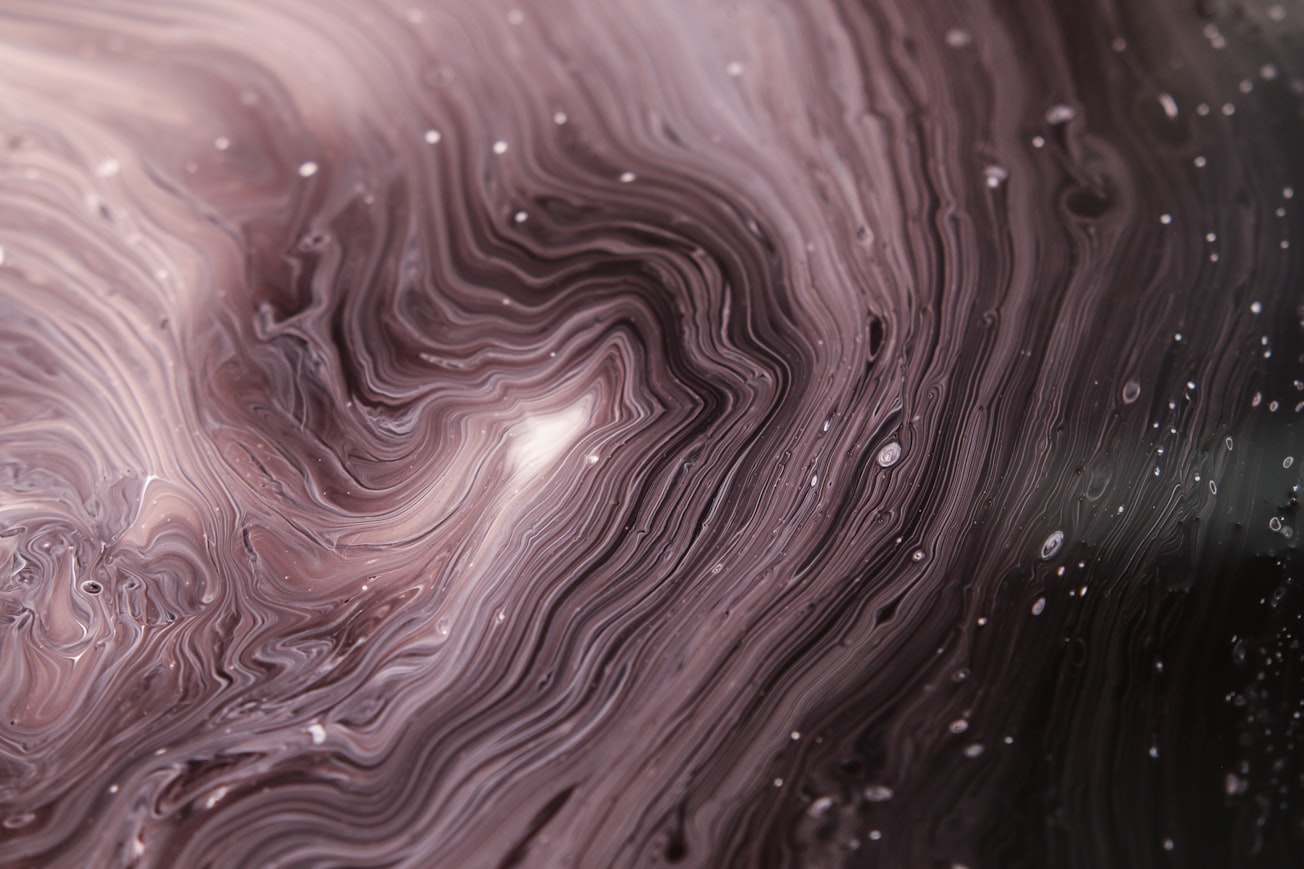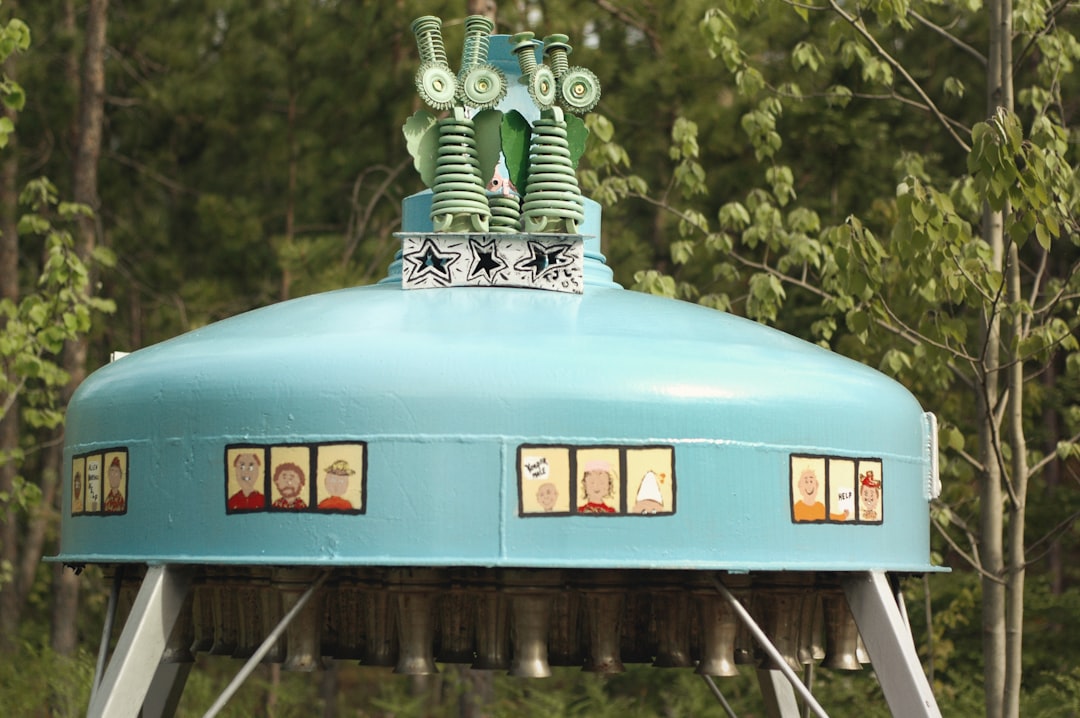What is it about?
Aiming to verify the prediction of particle-wall collision trapping mechanism, we explore the effects of the microcavity trailing wall on the single-particle trapping behaviors for various microcavity aspect ratios (λ = 0.5–5) and inlet Reynolds numbers (Re = 5–400), uncovering three new trapping phenomena, namely, contact trapping, collision trapping, and rapid trapping. We characterize the particle velocity variation during the trapping process. We also investigate the separatrix topology (streamlines between the icrovortex and microchannel flow) and map the different particle trapping phenomena. The particle trapping results from the combined effects of the microcavity trailing wall, the separatrix topology, and the particle dynamics.
Featured Image

Photo by Adrien Converse on Unsplash
Why is it important?
The results provide new insight into the fundamental understanding of particle trapping mechanisms and could guide the applications of microcavity-based microfluidics.
Perspectives
Using our highspeed microscopic system, we uncover three new single-particle trapping phenomena, namely, contact trapping, collision trapping, and rapid trapping, which directly verify our prediction of the particle-wall collision trapping mechanism. The microcavity trailing wall-induced particle trapping phenomena are observed for the first time and more practical in nature.
Dr. Feng Shen
Beijing University of Technology
Read the Original
This page is a summary of: Experimental study of single-particle trapping mechanisms into microcavities using microfluidics, Physics of Fluids, April 2019, American Institute of Physics,
DOI: 10.1063/1.5081918.
You can read the full text:
Resources
Contributors
The following have contributed to this page










